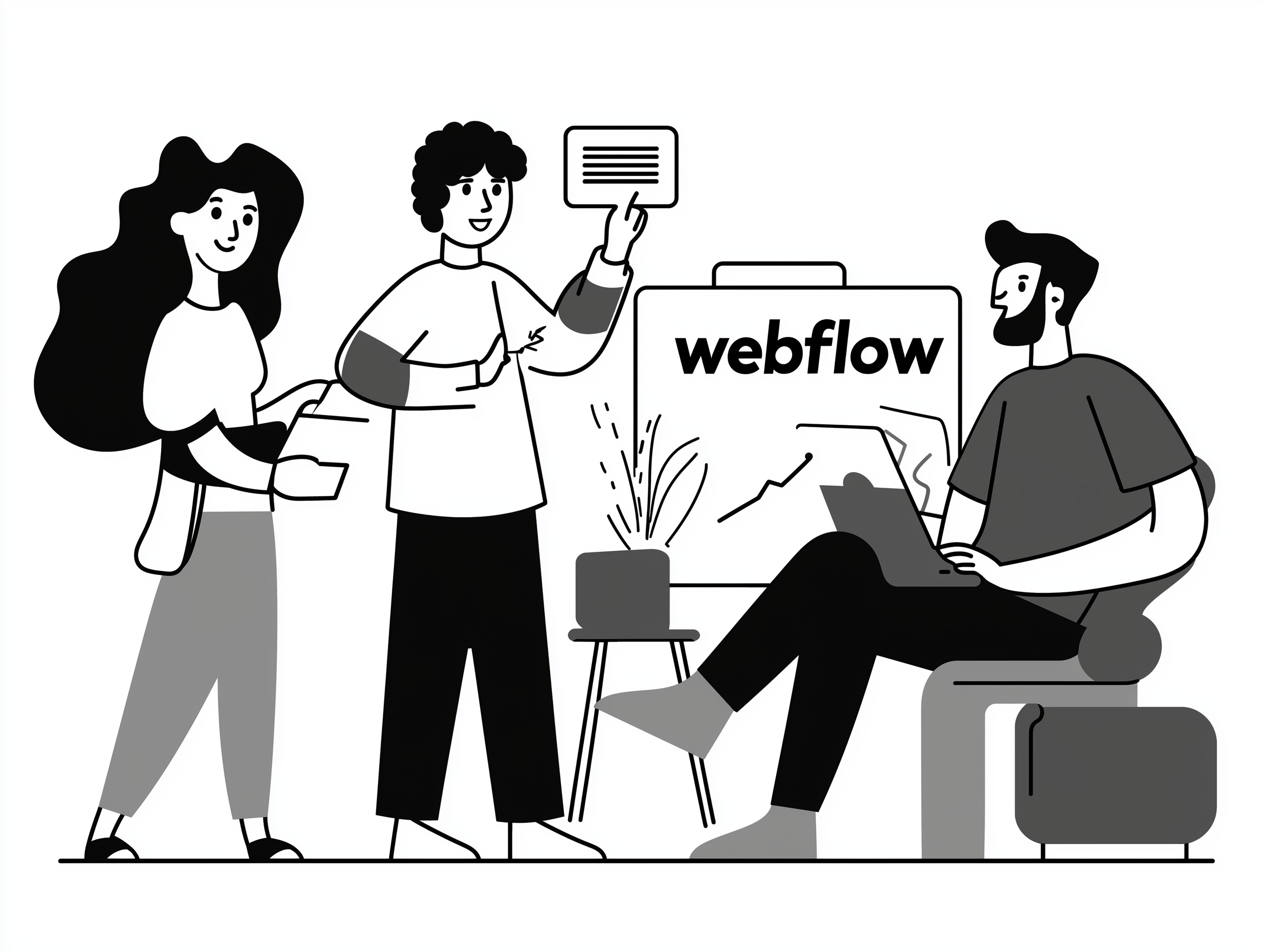Make the Best of Webflow: Essential Tips for Maximizing Your Website Design
Webflow has quickly become a favourite platform for designers and developers alike, offering a no-code solution for creating stunning, responsive websites. Whether you’re new to Webflow or looking to refine your skills, here are some of the best tips to help you make the most out of this powerful tool:
1. Master the Webflow University Resources
If you’re just getting started, make use of Webflow University—a free resource that offers comprehensive tutorials, videos, and courses. It’s one of the best ways to understand the platform’s potential, from basic concepts to advanced design techniques. Even experienced designers can benefit from these resources to stay updated on the latest features.
2. Utilize Pre-built Templates
Webflow offers a range of pre-built templates for quick setups. Even if you plan to fully customize your site, starting with a template can save time and inspire ideas. Choose a template close to your design vision, then modify it to suit your brand’s needs.
3. Learn to Structure Your Layout Properly
A well-structured layout is key to a successful Webflow project. Make sure to organize your content using containers, sections, div blocks, and flexbox for responsive design. Always plan your structure beforehand to ensure consistency across different screen sizes and devices.
4. Optimize for Responsiveness
One of Webflow’s strengths is its built-in responsiveness. To make the most of this, always test and adjust your design for multiple devices (desktop, tablet, mobile). Webflow allows you to fine-tune designs for each screen size, ensuring a smooth user experience no matter the device.
5. Use Symbols for Reusable Elements
Symbols are a powerful feature in Webflow, allowing you to create reusable components like headers, footers, or CTAs. Once created, you can update the symbol in one place, and the changes will apply site-wide. This saves time and ensures design consistency.
6. Utilize CMS Collections for Dynamic Content
Webflow’s CMS Collections are perfect for creating dynamic content like blogs, portfolios, or product listings. Set up a content model once, and populate it with entries that automatically generate consistent, well-structured pages. This is an excellent way to manage large amounts of content efficiently.
7. Integrate Third-Party Tools
Webflow integrates easily with third-party tools like Zapier, Google Analytics, and Mailchimp to extend functionality. Use these integrations to automate workflows, track user activity, or manage email marketing campaigns directly from your Webflow site.
8. Leverage Custom Code for Advanced Features
While Webflow is primarily a no-code platform, you can use custom code for more complex features. Whether you need to add specific JavaScript functions or third-party APIs, Webflow allows you to insert custom code snippets into your pages or project settings for advanced control.
9. Optimize for SEO from the Start
Webflow is equipped with solid SEO tools, but it’s important to optimize your site right from the beginning. Ensure you set meta titles, descriptions, alt text for images, and use proper heading structures (H1, H2, etc.). Webflow also allows you to control 301 redirects, canonical tags, and sitemap generation, which are critical for SEO success.
10. Test Your Website Thoroughly
Before launching, make sure to test your site for performance, accessibility, and responsiveness. Webflow’s built-in staging environment allows you to preview the entire site before it goes live. Use this to check for bugs, design flaws, and usability issues.
By following these tips, you can make the most out of Webflow and create professional, visually appealing websites with ease. Whether you’re building a personal portfolio, an e-commerce site, or a complex business platform, Webflow’s flexibility and power make it an excellent choice for web design.
Ready to get started with your next Webflow project? Contact Blanche Agency to see how we can help you build an engaging and fully optimized site!

